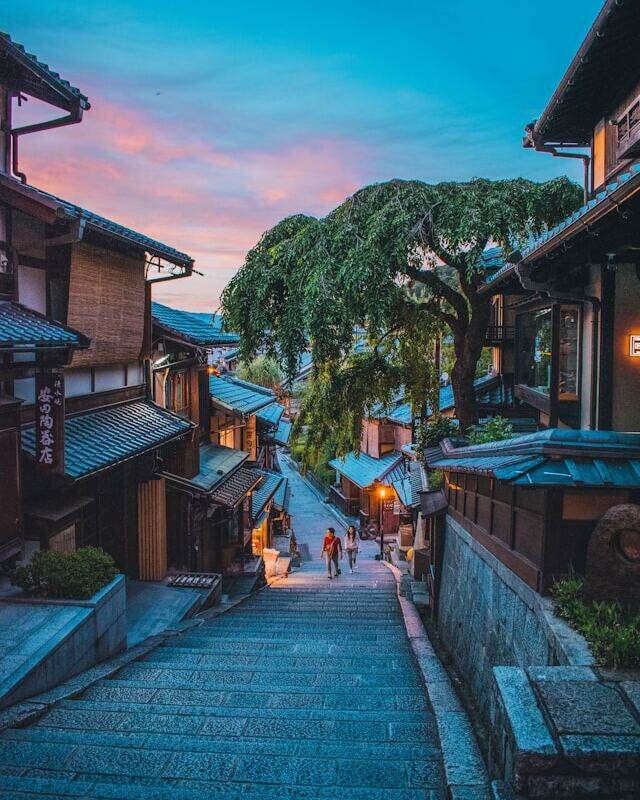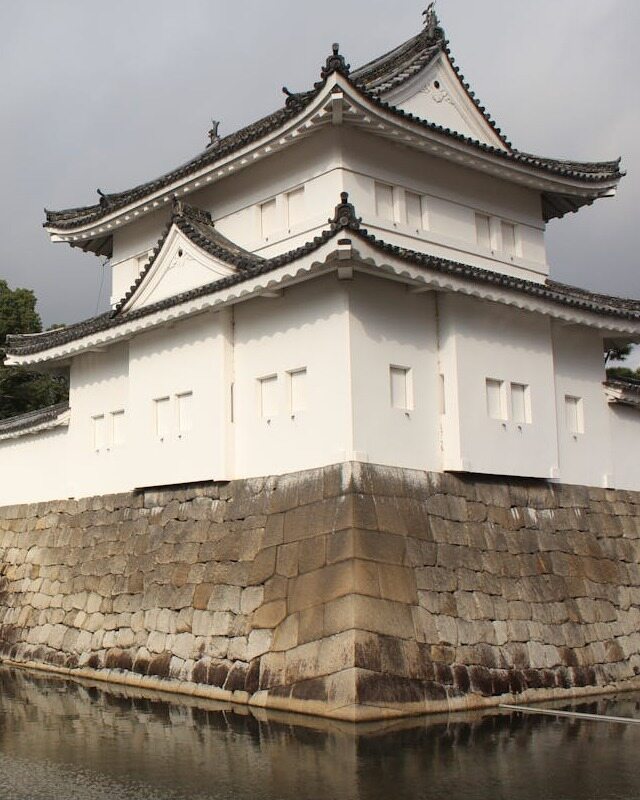
Kinkaku-ji (Golden Pavilion)
A gilded masterpiece set amidst tranquil gardens; Kinkaku-ji captivates with its shimmering reflection in the pond. The Zen Buddhist temple is a UNESCO World Heritage Site and a symbol of Kyoto’s elegance.

Fushimi Inari Shrine
Famous for its vermillion torii gates leading to the sacred Mount Inari, this Shinto shrine is dedicated to the fox deity Inari. The atmospheric path is a must-visit for a spiritual and picturesque experience.

Kiyomizu-dera
Perched on wooden stilts, Kiyomizu-dera offers panoramic views of Kyoto. The UNESCO-listed temple is especially breathtaking during cherry blossom and fall foliage seasons.


















